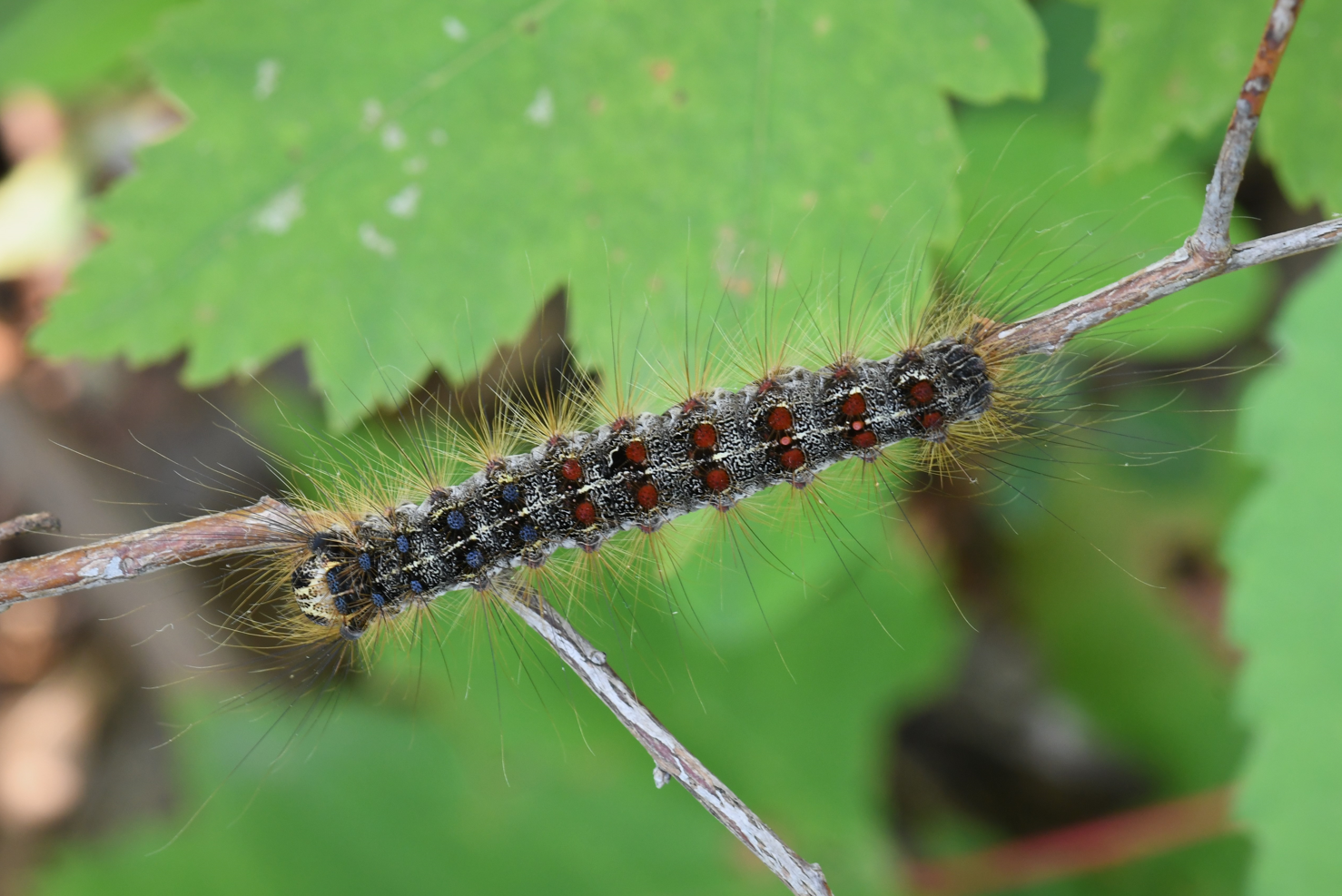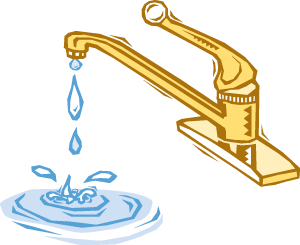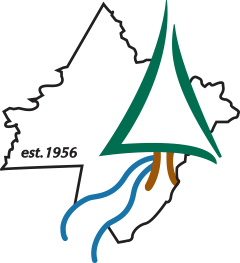
Spongy Moths (formerly Gypsy Moth)
The Pike County Commissioners have started a Spongy Moth Task Force with a cost share program for 2025.
Information regarding the cost share program and general spongy moth information is available on the County's website for the program. If you would like to learn more , please contact Jess Yoder of the Pike County Planning & Mapping Office and Spongy Moth Task Force at 570-296-3500 x1382. At this time, PCCD is not engaged with this project and is unable to provide any additional information- please contact the Spongy Moth Task Force directly with any questions.
Spongy Moth (Lymantria dispar dispar) is a destructive forest pest responsible for killing millions of oak and other trees across the state.
- Females lay their tan egg masses in June & July, which hatch the following year at the end of April to the beginning of May.
- Egg mass surveys are recommended for late summer to fall but can be done throughout winter.
- For foliar treatments, a week or two after hatch is the recommended treatment time depending on the insecticide being used.
The Pennsylvania Department of Conservation & Natural Resources (DCNR) will be conducting spraying on some state forest and state park lands this spring, and they will be updating this map often with the blocks that have been sprayed and are planned to be sprayed.
The Pennsylvania Game Commission (PGC) will also be spraying on some state game lands and will be updating this map.
If you are interested in setting up your own private spray program, please refer to the links below:
Guide to Conducting a Private Spongy Moth Suppression Program provided by DCNR
Aerial Applicators Licensed to Work in Pennsylvania provided by DCNR
DCNR Service Forester to Each County provided by DCNR
Guide to Spongy Moth Egg Mass Surveying provided by Penn State Extension



A clean and adequate supply of water is essential to maintaining good health.
Water conservation…Every Drop Counts! Install low flow plumbing fixtures and repair leaks. Take short showers instead of baths. Turn the faucet off while brushing your teeth.
